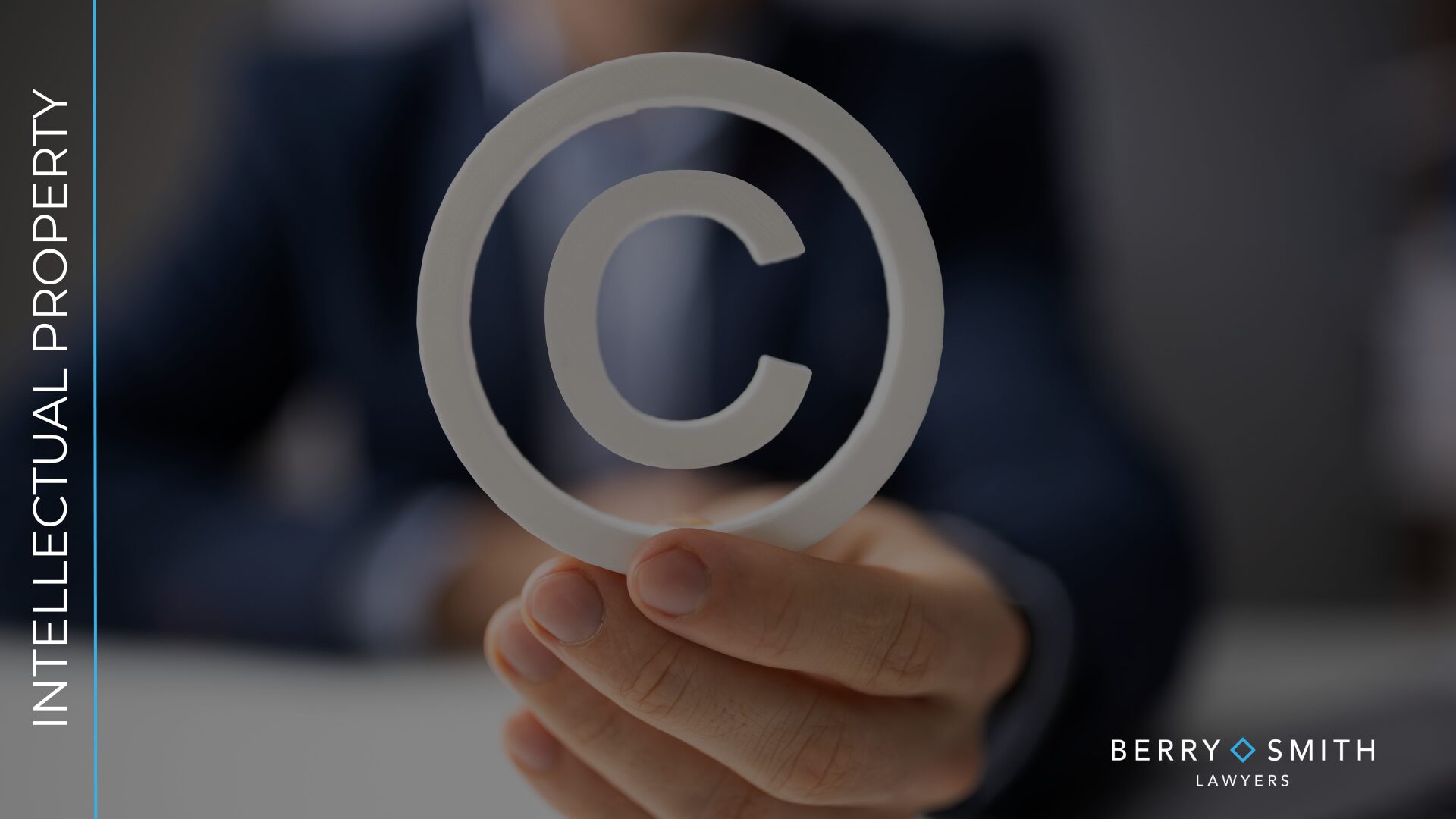The High Court proceedings between Getty Images and Stability AI are being closely watched across the technology, creative, and legal sectors. This is a significant case concerning copyright, trade mark, passing off, and database rights, and it could set an important precedent for how artificial intelligence (AI) models interact with intellectual property (IP) law.
At the root of the dispute is the question of whether the development and use of AI image-generation tools, trained on copyright-protected content, infringe the rights of creators and rights holders in the UK.
Background
Getty Images operates one of the largest and most valuable online image and video libraries in the world, with millions of protected works, many bearing the well-known Getty watermark. Considerable investment — reportedly running into hundreds of millions of US dollars — has gone into building and maintaining this database.
Stability AI is the developer of Stable Diffusion, a deep-learning model that can generate images from text or image prompts provided by users. To create and train this system, datasets of images scraped from the internet were used, which Getty alleges included around 11 million of its own copyright-protected images.
In 2023, Getty initiated legal action in the UK, claiming copyright infringement, trade mark infringement, passing off, and breach of database rights.
Key Legal Issues
1. Copyright infringement
Getty advanced three primary arguments:
- Training data – that using Getty’s copyrighted works to train Stable Diffusion amounted to infringement in the UK.
- Outputs – that images generated by the model could infringe Getty’s copyright if they reproduced protected elements of its works.
- The model itself – that Stable Diffusion qualifies as an “infringing article” under UK copyright law.
Stability AI has countered that training took place outside the UK and therefore falls outside the scope of UK copyright law. It also contends that any infringing output would be the result of independent acts by end users, not Stability itself. On outputs, Stability has also relied on the UK’s fair dealing exception for parody, caricature, or pastiche, arguing that many AI-generated images qualify as pastiches.
The claim that the model itself could be treated as an infringing “article” is a novel legal question, requiring the court to interpret legislation drafted long before AI models existed. This point remains the sole surviving copyright claim after Getty withdrew its arguments relating to inputs and outputs.
2. Trade mark infringement and passing off
Getty has alleged that some AI-generated images contain its watermark, potentially misleading the public as to origin. Stability disputes the evidence, describing the examples as artificially created and arguing that any appearance of the watermark was not in the course of trade.
For passing off, Getty must show misrepresentation, damage to goodwill, and that Stability’s actions led consumers to believe its goods were those of Getty. Stability denies these elements are met.
3. Database right infringement
Under UK law, database rights protect collections of works where there has been a substantial investment in obtaining, verifying, or presenting the contents. Getty claims that Stability unlawfully extracted a substantial part of its database when training Stable Diffusion.
Stability argues that Getty may not qualify for UK database right protection, and further asserts that training occurred outside the UK.
Reports indicate that this database right claim was also dropped towards the end of the trial, along with two of Getty’s copyright claims.
Why This Case Matters
The trial raises fundamental questions about how existing IP laws apply to AI technologies, especially those trained using large volumes of online content. The court’s eventual ruling could influence:
- How AI developers source and use training data in the UK
- The definition of “infringing article” under UK copyright law
- Future legislative reforms balancing innovation with copyright protection
Getty is also pursuing action against Stability AI in the United States. Although the legal frameworks differ, the UK decision could still shape international debates on AI and IP rights.
Looking Ahead
The judgment, once delivered, will provide valuable guidance for both AI developers and rights holders. It may also inform the UK government’s ongoing review of copyright laws in the context of AI development — an area where the balance between encouraging technological innovation and safeguarding creators’ rights is proving particularly delicate.
